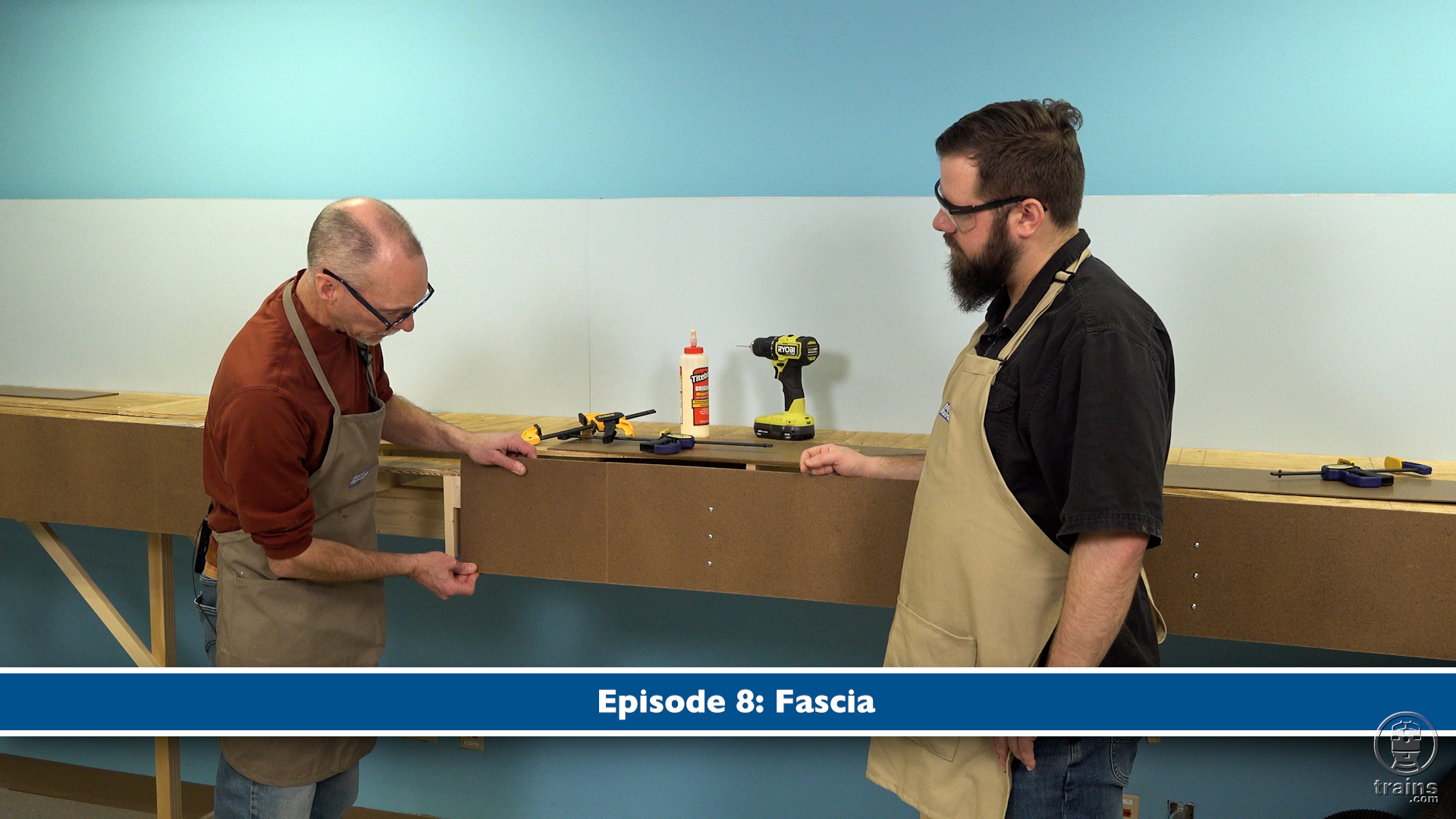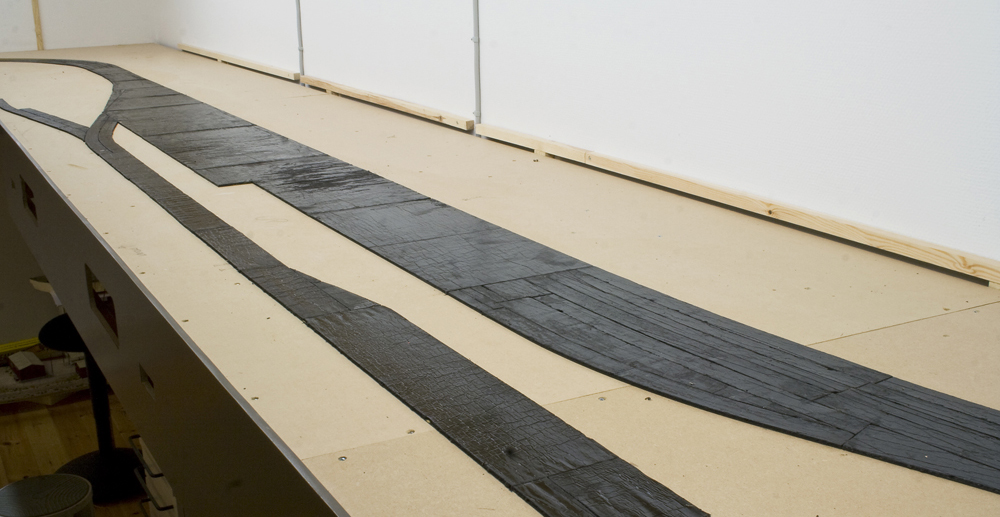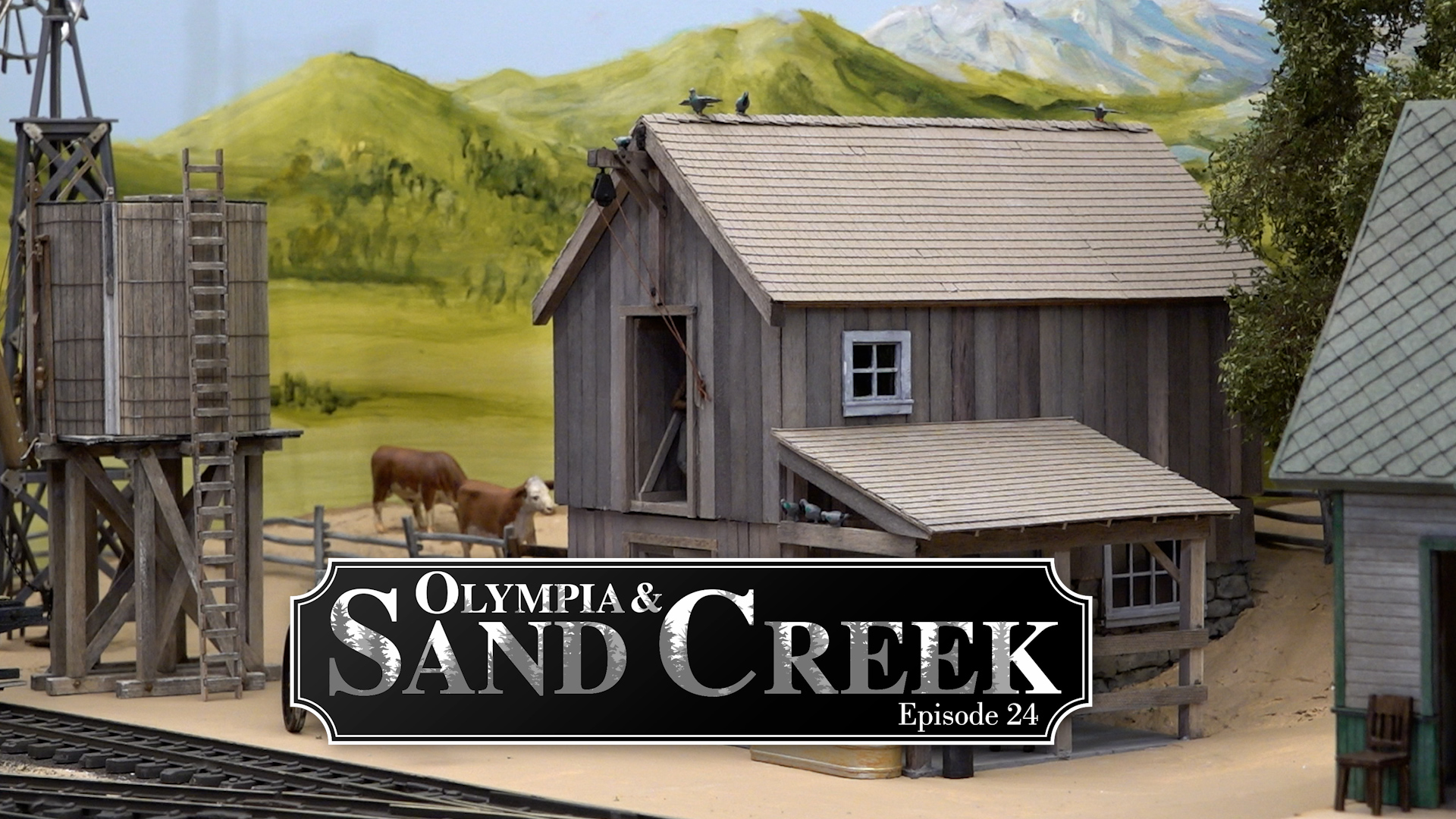GoPro cameras, cell-phone cameras, and video-capable DSLR cameras are everywhere. This column will review a dozen examples of video technique from my “Video 101” workshop, presented at the National Garden Railway Convention. Columns will include suggestions, with photographic links to a short demonstration videos of some Bay Area railroads.
I recently saw a man filming a railway with his handheld camcorder. It was screwed onto flexible tripod legs that he used as a handle as he moved around, zooming in and out from above. Seeing me, he asked, “What is the number-one thing you would advise about making videos?” I replied, “Find a solid surface on which to set your camera down on your tripod.”
The video example with this column knits together images with movie-making software using the “Ken Burns effect” to make a movie/slide show. Ken Burns frequently didn’t have video available, so he used computer-created pans and zooms of still photos to create a sense of motion and to focus on detail. Using images from Doug Lodge’s railroad in Santa Rosa, the video demonstrates this.
Insert a still image into your movie storyboard. Select a starting point and a finishing point on the image, then assign a time value to the transition. The software will make it happen. In IMovie for Macintosh, this computer-generated movement is found in the cropping-tools menu. Adobe Premier and Windows Movie Maker utilize third-party program add-ons to create precise pan-and-zoom effects for still images. Add a little movement to your images to get your videos rolling.









